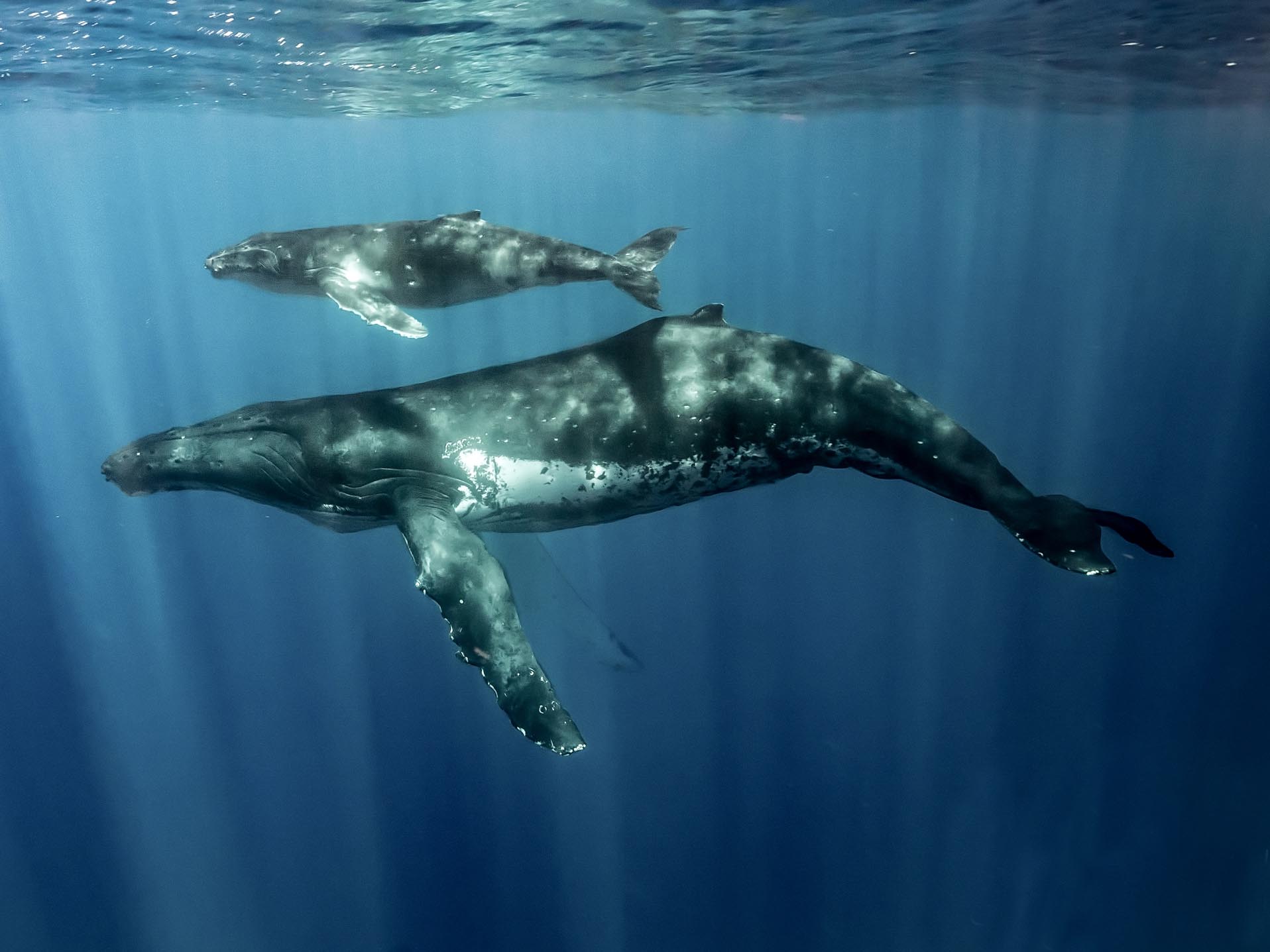Human intracranial electrophysiology
My present research explores the effects of electrical stimulation in the living human brain. I try to understand how intracranial brain stimulation affects cognition and emotion, and how this knowledge can be harnessed to help create better implanted brain stimulation devices to treat neuropsychiatric conditions.
Selected Publications
• Fox et al. (2020). Intrinsic network architecture predicts the effects elicited by intracranial electrical stimulation of the human brain. Nature Human Behaviour, 4, 1039-1052.
• Yih et al. (2019). Intensity of affective experience is modulated by magnitude of intracranial electrical stimulation in human orbitofrontal, cingulate, and insular cortices. Social Cognitive and Affective Neuroscience, 14, 339-351.
• Fox et al. (2018). Changes in subjective experience elicited by direct stimulation of the human orbitofrontal cortex. Neurology, 91, 1519-1527.
• Fox et al. (2018). Intracranial electrophysiology of the human default network. Trends in Cognitive Sciences, 22, 307-324.
About My Research
Meditation & Mindfulness
How does the human brain implement a mental skill as complex as meditation? How does long-term meditation practice, in turn, affect brain structure and function? I've studied meditation using a mix of cognitive testing, functional and anatomical MRI, and quantitative meta-analysis of neuroimaging data. I'm also very interested in the potential application of meditation in medical settings, and the associated hype and ethical dilemmas.
Selected Publications
• Fox & Cahn (2020). Meditation and the brain in health and disease. In: The Oxford Handbook of Meditation (Farias, Brazier, & Lalljee, Editors).
• Van Dam et al. (2018). Mind the hype: A critical evaluation and prescriptive agenda for mindfulness and meditation research. Perspectives on Psychological Science, 13, 66-69.
• Fox et al. (2016). Functional neuroanatomy of meditation: A review and meta-analysis of 78 functional neuroimaging investigations. Neuroscience and Biobehavioral Reviews, 65, 208-228.
• Fox et al. (2014). Is meditation associated with altered brain structure? A systematic review and meta-analysis of morphometric neuroimaging in meditation practitioners. Neuroscience and Biobehavioral Reviews, 43, 48-73.
Mind-Wandering & Creativity
Why does our mind wander so much of the time? How does mind-wandering help us create our sense of self and what connection does it have to creativity? My research has approached questions of this kind with a strong emphasis on the neural basis of mind-wandering and the role played by executive brain regions. This work also resulted in the first scientific volume dedicated entirely to mind-wandering and related forms of thought, which I co-edited with Kalina Christoff, The Oxford Handbook of Spontaneous Thought.
Selected Publications
• Maillet et al. (2019). Aging in the wandering brain: Age-related differences in the neural correlates of stimulus-independent thoughts. PLoS ONE, 14, 1-14.
• Fox & Beaty (2019). Mind-wandering as creative thinking: Neural, psychological, and theoretical considerations. Current Opinion in Behavioral Sciences, 66-69.
• Fox et al. (2018). Affective neuroscience of self-generated thought. Annals of the New York Academy of Sciences, 13, 66-69.


Whale and Dolphin Brain Evolution
Whales and dolphins (cetaceans) have the largest brains that ever evolved, exceeding even humans. And they are second only to humans in terms of their complex social lives. Before entering the research world I worked doing field research on humpback whales and have been fascinated with the social lives and big brains of cetaceans ever since. This work culminated in a major paper linking cetacean social behavior to brain size. I hope to focus more of my energy on research into brain evolution and the functionality of large brains in the future.
Selected Publications
• Fox (2020). The social cetaceans. Inference: International Review of Science, 5(3).
• Fox, Muthukrishna, & Shultz (2017). The social and cultural roots of whale and dolphin brains. Nature Ecology & Evolution, 1, 1699-1705.

